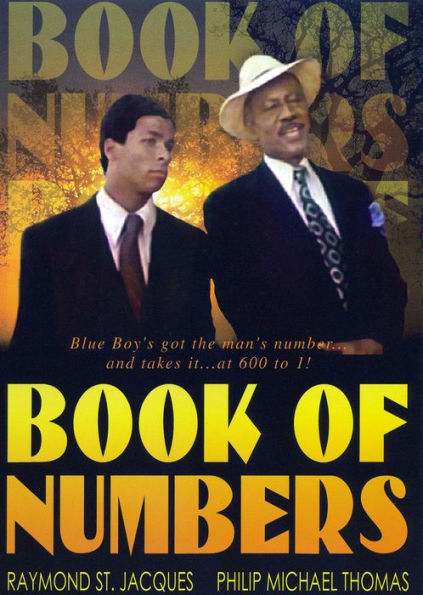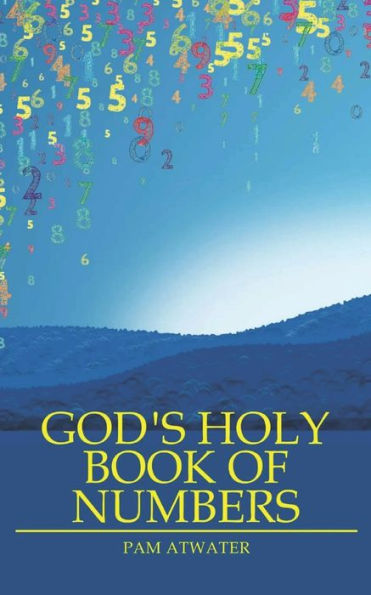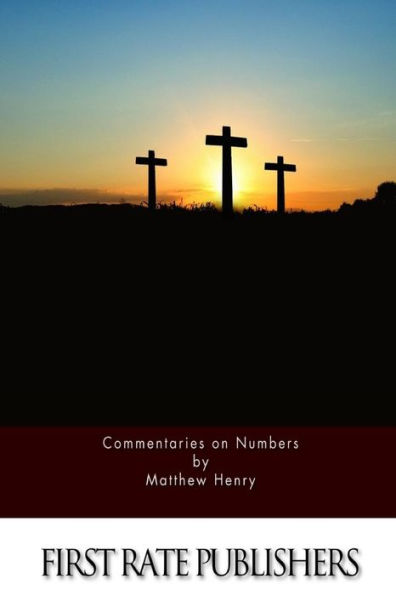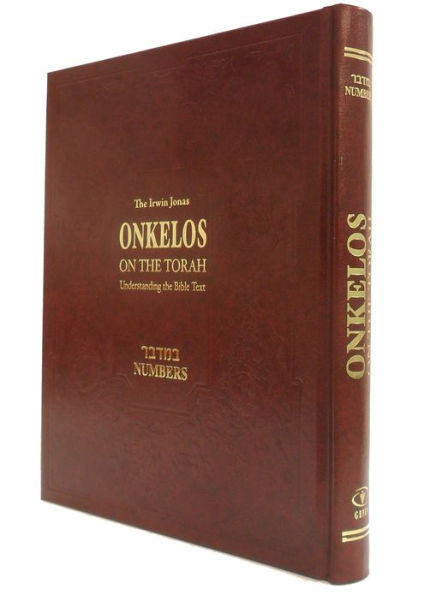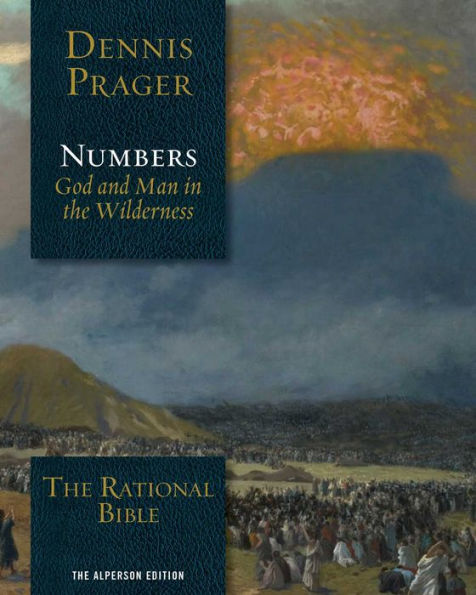Home
Jewish Bible - Book of Numbers
Barnes and Noble
Jewish Bible - Book of Numbers
Current price: $18.95
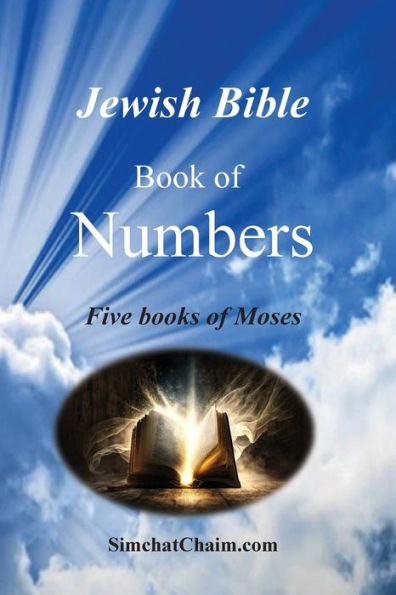

Barnes and Noble
Jewish Bible - Book of Numbers
Current price: $18.95
Size: OS
Loading Inventory...
*Product information may vary - to confirm product availability, pricing, shipping and return information please contact Barnes and Noble
First, you need to know that the Bible was originally written in the holy language, which today is called Hebrew. The Tanach itself went through a series of translations from language to language until today's English language. As a whole, the Tanakh was translated from the holy language into Greek, and from Greek into Latin, and from there into the ancient Agalic, and then into the more modern English. The problem is when translating from language to language the original meaning is lost. In the translation of languages, there is no realistic possibility of making a completely accurate translation, since in every language there are several translation options for most words, and each word has a different connotation and also differs to a certain extent from the exact connotation of the original word in the source language. For example, it is possible to translate the word -
.
into English for Sky and Heaven. Two suitable options that each have a different meaning from the other, and also slightly different from the full connotation of the word
. For this reason, along with the attempt to bridge the cultural difference, every translation is also an interpretation. In many cases, the translators took the approach of
, in which the translation adds details and interpretations beyond the original text, changes the content, and describes what is happening in a way that is more suitable to the cultural concepts accepted for the period and region. In the common translations, these changes are found - to a certain degree of change - in tens of percent of the verses. The general public in these periods knew the Bible only from the translations, and therefore in different regions, they actually knew different versions of the same texts, according to the local halachic belief.The most classic example of this is this: In the book of Exodus chapter 34 verse 29 it is explained that - KARAN [קרן] the skin of Moses face.The word KARAN [קרן] has at least two meanings:
Radiant.
A horn, like that of a bull.There are other meanings to this word that do not belong to this introduction.An incorrect translation of the Book of Exodus by Jerome [the Vulgate] into Latin led to an error in the interpretation of the phrase - The horn of the skin of his face. [Exodus 34:29]. And because of this, in Renaissance sculptures, Moshe's forehead was added
.The first translations of the Bible were created by Jews at the beginning of the first millennium AD. During this period, most Jews gradually stopped using the Hebrew language, especially biblical Hebrew. A translated Bible became a basic necessity for the reading of the Torah in the synagogues, which was performed by two people - one who read the verse is in the original language, and an interpreter repeats his words in the spoken language.And this is the verse in its entirety according to our translation [compare it to your Bible] - So Moses came down from Mount Sinai. And as Moses came down from the mountain bearing the two tablets of the Pact, Moses was not aware that the skin of his face was
, since he had spoken with God.
